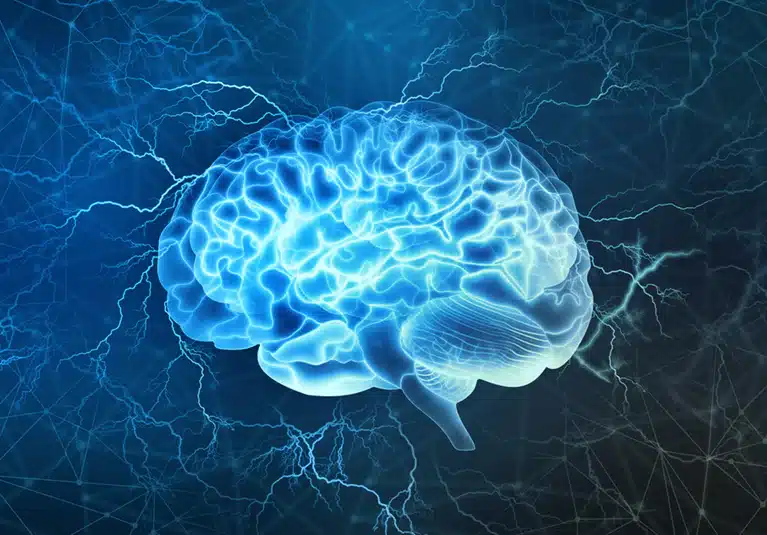Every year, thousands of people suffer from brain injuries caused by falls, car crashes, and other accidents. Understanding the most frequent causes of these injuries is crucial for prevention and timely treatment. In this article, we delve into the various factors that contribute to brain injuries and discuss their implications.
One of the leading causes of brain injuries is falls. Whether it’s a slip on a wet floor or a fall from a height, these accidents can result in serious head trauma. Another major cause is car crashes, which can subject the brain to rapid acceleration and deceleration forces, leading to concussions or more severe injuries.
By examining the most common causes of brain injuries, we can identify possible preventive measures and raise awareness about the risks involved. This article will provide valuable insights into the prevention, symptoms, and treatment options for brain injuries caused by falls and car accidents.
Join us as we unravel the mysteries surrounding brain injuries and equip ourselves with the knowledge needed to keep ourselves and our loved ones safe.
Understanding the different types of brain injuries
Brain injuries can range from mild concussions to severe traumatic brain injuries (TBIs). It’s important to understand the different types to grasp the gravity of the situation. Concussions are the most common form of brain injury and can occur due to falls or sports-related accidents. They typically result in temporary symptoms such as headaches, dizziness, and confusion. On the other end of the spectrum, severe TBIs can cause long-term cognitive, physical, and emotional impairments.
Statistics on brain injuries
To fully comprehend the impact of brain injuries, let’s take a look at some staggering statistics. The Centers for Disease Control and Prevention (CDC) estimates that approximately 2.8 million traumatic brain injury-related emergency department visits, hospitalizations, and deaths occur each year in the United States alone. Falls are the leading cause of TBI, accounting for almost half of all brain injury-related hospitalizations.
Common causes of brain injuries: falls
Falls are a major cause of brain injuries, especially among older adults and young children. Slippery floors, uneven surfaces, and lack of handrails are common hazards that contribute to falls. Additionally, falls from heights, such as ladders or stairs, can lead to severe head trauma. It is essential to raise awareness about fall prevention measures, such as keeping walkways clear, using non-slip mats, and installing handrails in high-risk areas.
Common causes of brain injuries: car crashes
Car crashes expose the brain to rapid acceleration and deceleration forces, making them another frequent cause of brain injuries. Whiplash, which occurs when the head is jerked forcefully back and forth, can result in concussions or more severe brain trauma. Wearing seatbelts, using appropriate child restraints, and avoiding distracted driving are crucial for preventing brain injuries in car accidents. Raising awareness about the importance of defensive driving and adhering to traffic rules can also contribute to reducing the incidence of brain injuries on the road.
Common causes of brain injuries: sports-related accidents
Sports-related accidents, particularly contact sports like football, soccer, and boxing, are significant contributors to brain injuries. The impact of collisions, falls, or direct hits to the head can result in concussions or more severe brain trauma. Athletes should be educated on proper safety equipment usage, such as helmets and mouthguards, and adhere to rules regarding fair play and avoiding dangerous actions. Coaches and referees should also prioritize player safety and enforce strict guidelines to minimize the risk of brain injuries.
Preventing brain injuries: safety measures and precautions
Prevention is key when it comes to brain injuries. Implementing safety measures and precautions can significantly reduce the risk of accidents. For falls, ensuring well-lit areas, removing tripping hazards, and using non-slip surfaces are essential. Regular exercise and maintaining strong bones and muscles can also help prevent falls. In car crashes, wearing seatbelts, obeying speed limits, and avoiding drunk or distracted driving are vital. In sports, athletes should receive proper training, use appropriate safety gear, and follow the rules of fair play.
Identifying the signs and symptoms of a brain injury
Recognizing the signs and symptoms of a brain injury is crucial for prompt medical intervention. Common symptoms include headaches, dizziness, nausea, confusion, memory problems, and changes in mood or behavior. If someone experiences a head injury and displays any of these symptoms, it is essential to seek medical attention immediately. Ignoring or downplaying the symptoms can lead to further complications and delayed treatment.
Seeking medical help for brain injuries
When it comes to brain injuries, seeking medical help is of utmost importance. A healthcare professional will conduct a thorough examination, which may include imaging tests such as CT scans or MRIs, to assess the extent of the injury. Treatment options vary depending on the severity of the brain injury and may include rest, medication, physical therapy, or, in severe cases, surgery. It is crucial to follow the healthcare provider’s recommendations and attend all follow-up appointments to ensure proper recovery.
Conclusion: raising awareness and promoting brain injury prevention
In conclusion, falls and car crashes remain the most frequent causes of brain injuries. By understanding the various factors contributing to these injuries, we can take preventive measures to reduce the incidence of brain injuries. Raising awareness about safety measures, promoting responsible behavior, and advocating for better infrastructure can go a long way in preventing falls and car accidents. Let’s join hands in spreading knowledge and taking action to protect ourselves and our loved ones from the devastating effects of brain injuries.
Remember, a little caution can go a long way in preventing brain injuries and ensuring a safer future for all. Stay informed, stay safe!
(Note: This article has been written for informational purposes only and should not be considered medical advice. If you or someone you know has experienced a brain injury, please consult a healthcare professional for proper diagnosis and treatment.)





























